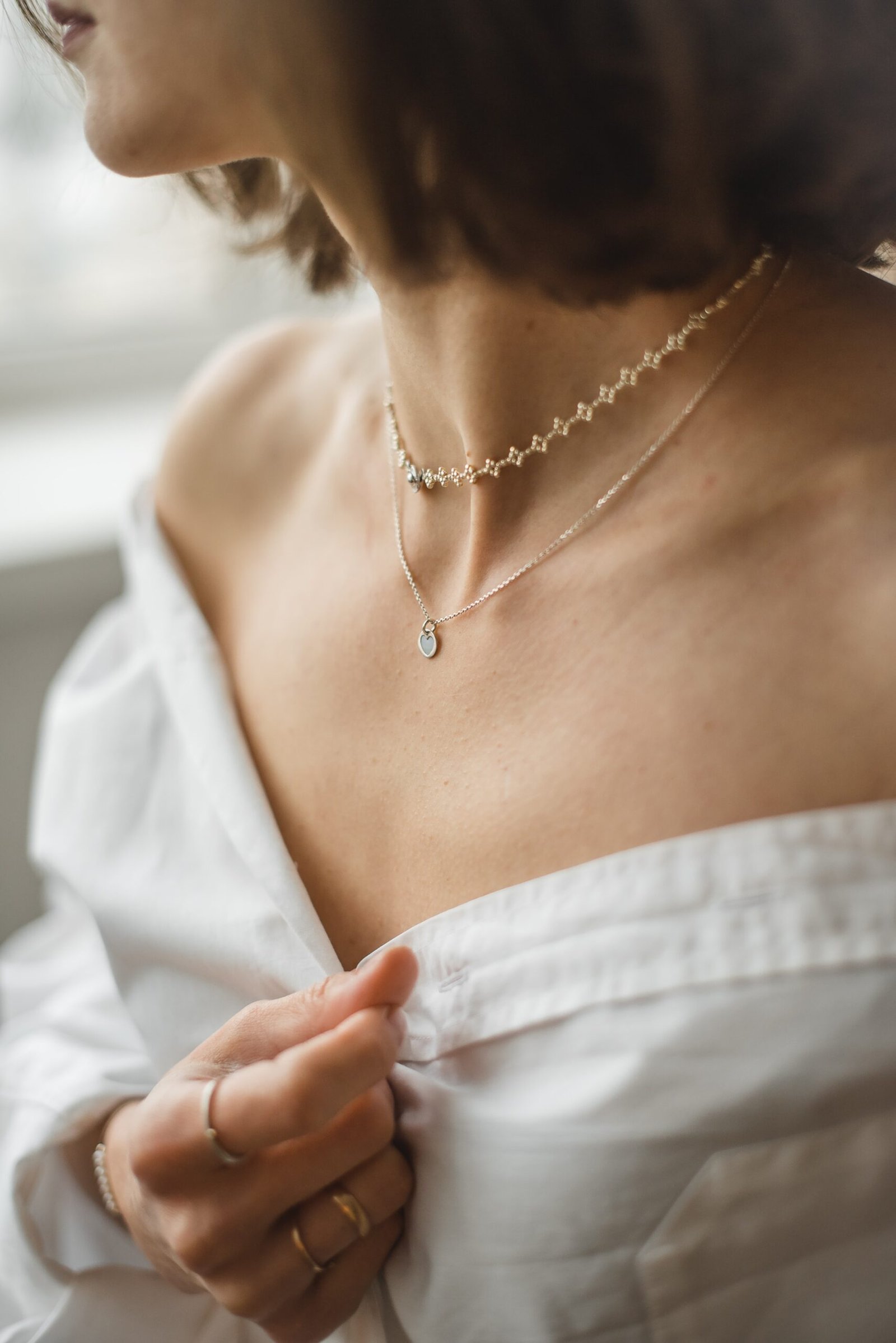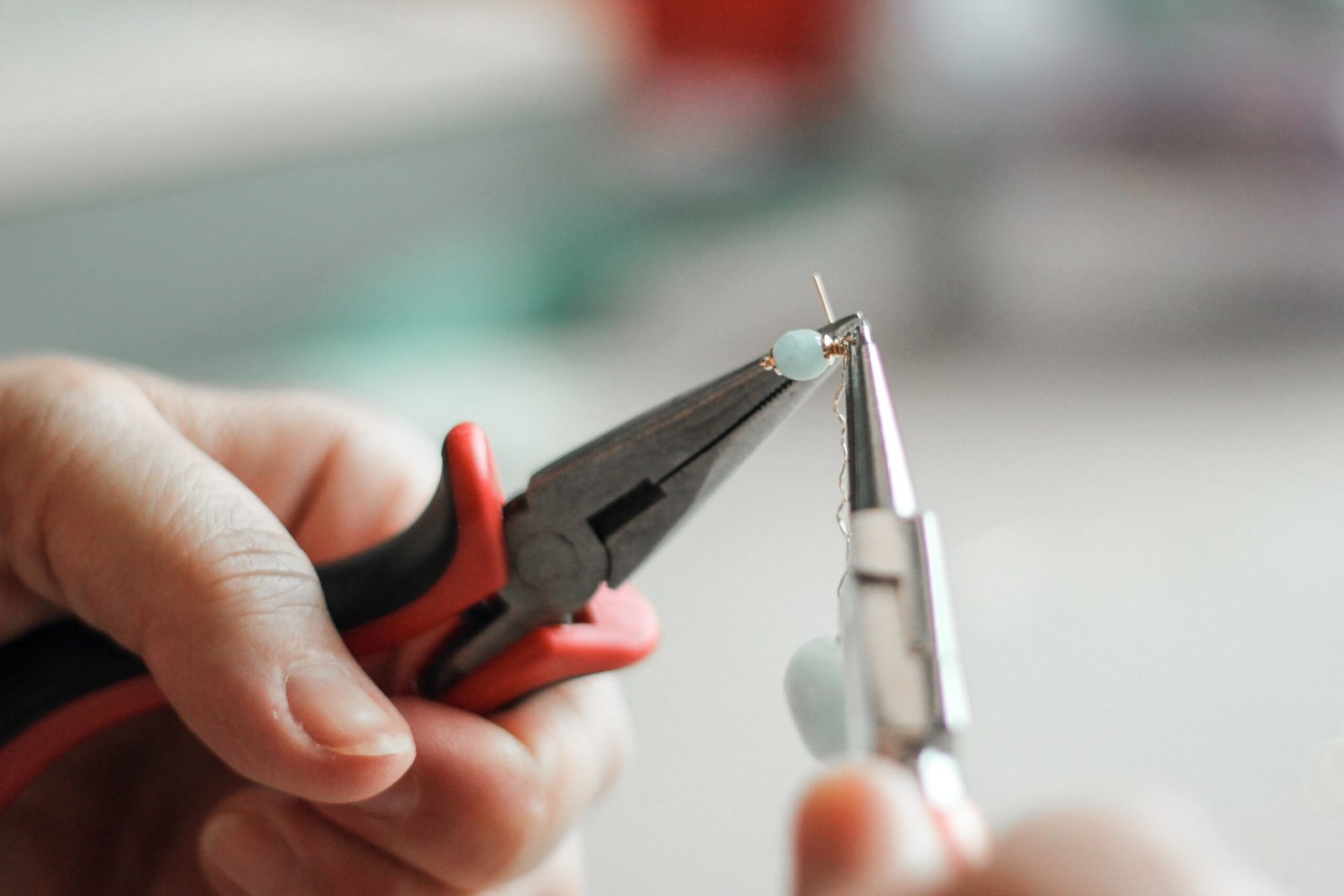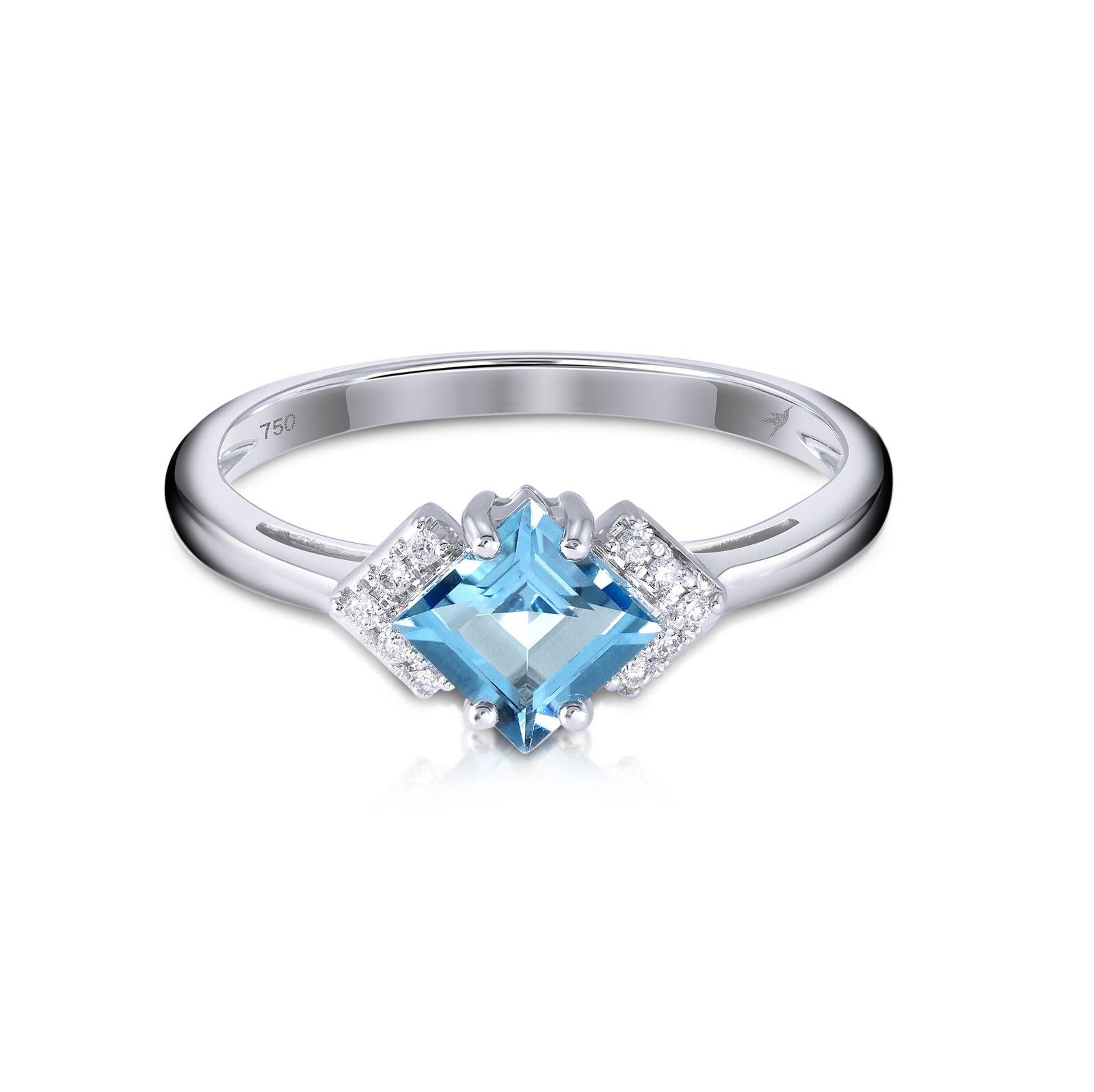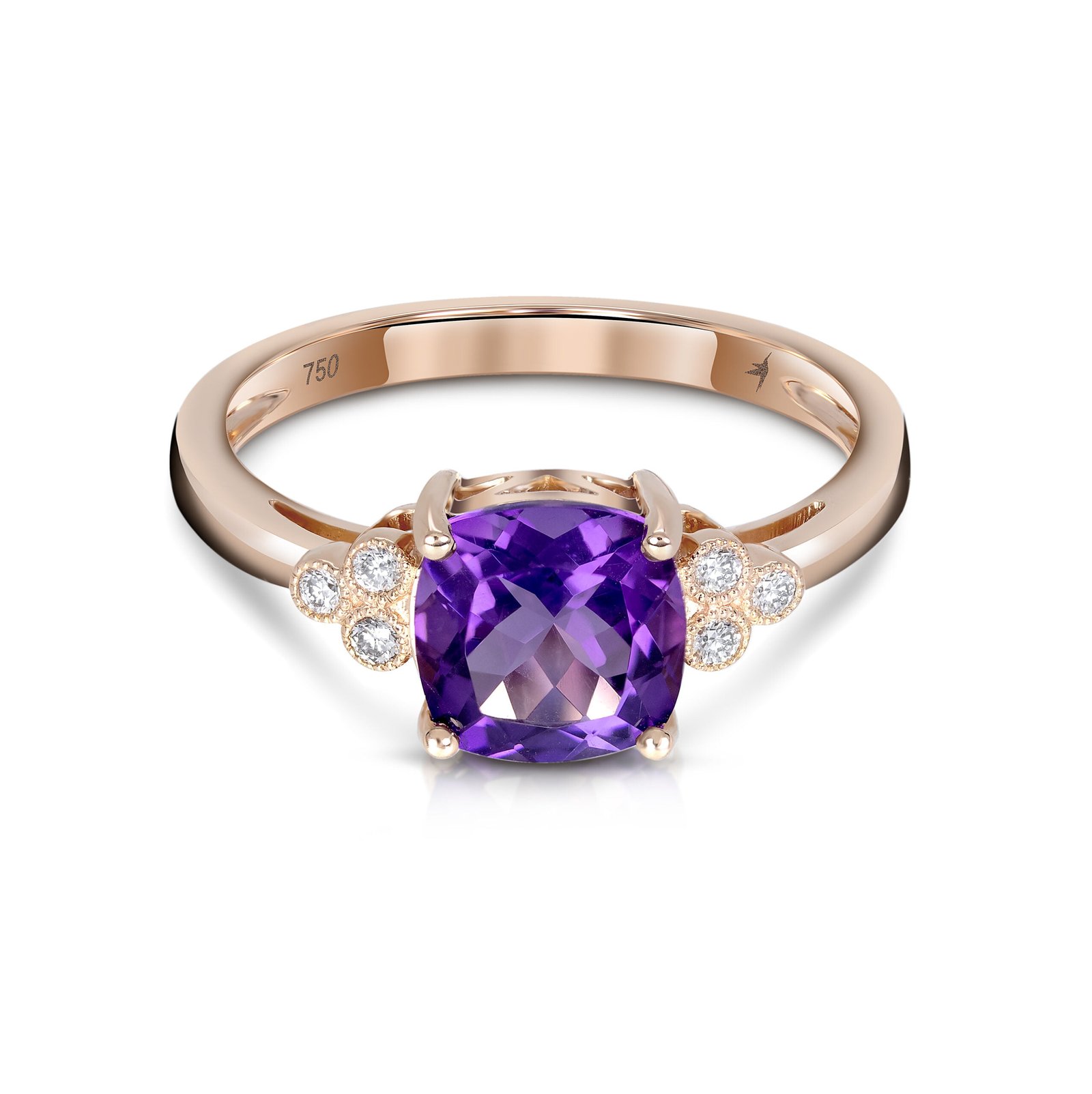

Introduction
Creating beautiful jewelry is an art form that has captivated people for centuries. From the intricate designs to the meticulous craftsmanship, jewelry-making techniques have evolved over time, resulting in stunning pieces that are cherished by many. In this article, we will delve into the world of jewelry-making and explore three popular techniques: casting, engraving, and filigree.
Casting
Casting is a versatile technique that involves pouring molten metal into a mold to create a specific shape. This technique allows jewelry designers to create intricate and detailed pieces that would be difficult to achieve by other means. The process begins with a master pattern, which can be made from wax or another material. The pattern is then encased in a mold material, such as plaster or investment, which is then heated to remove the pattern and create a cavity. The molten metal is then poured into the cavity and allowed to cool, resulting in a solid metal piece. After casting, the jewelry piece is further refined through polishing, setting gemstones, and other finishing touches.
Grabado
Engraving is a technique that involves incising or carving designs onto a metal surface. This technique allows for intricate patterns, text, and images to be etched onto jewelry, adding a personal and unique touch. Engraving can be done by hand using specialized tools or by using computer-aided machines for precision and consistency. The process begins with preparing the metal surface, ensuring it is clean and smooth. The design is then transferred onto the metal using various methods, such as tracing or stenciling. The engraver carefully carves into the metal, creating the desired design. The depth and width of the engraving can vary, allowing for different levels of detail. Once the engraving is complete, the piece is polished to enhance the design and overall appearance.
Filigree
Filigree is an ancient jewelry-making technique that involves delicate metalwork, creating intricate patterns using fine wires or threads of metal. This technique is often associated with lacy and ornate designs, adding a sense of elegance and sophistication to the jewelry piece. Filigree can be created using various metals, such as gold, silver, or platinum. The process begins with shaping the metal wires or threads into the desired pattern, often using small pliers and tweezers. The individual components are then soldered together to form the final design. Filigree can be used to create standalone pieces or combined with other jewelry-making techniques, such as stone setting or enameling, to create stunning and unique designs.
Conclusion
Jewelry-making techniques, such as casting, engraving, and filigree, offer a glimpse into the intricate world of creating beautiful and unique pieces of jewelry. Each technique requires skill, precision, and creativity, resulting in jewelry that is not only aesthetically pleasing but also holds sentimental value. Whether it is the versatility of casting, the personal touch of engraving, or the delicate beauty of filigree, these techniques showcase the artistry and craftsmanship that goes into every piece of jewelry.
So, the next time you admire a piece of jewelry, take a moment to appreciate the techniques that brought it to life.








